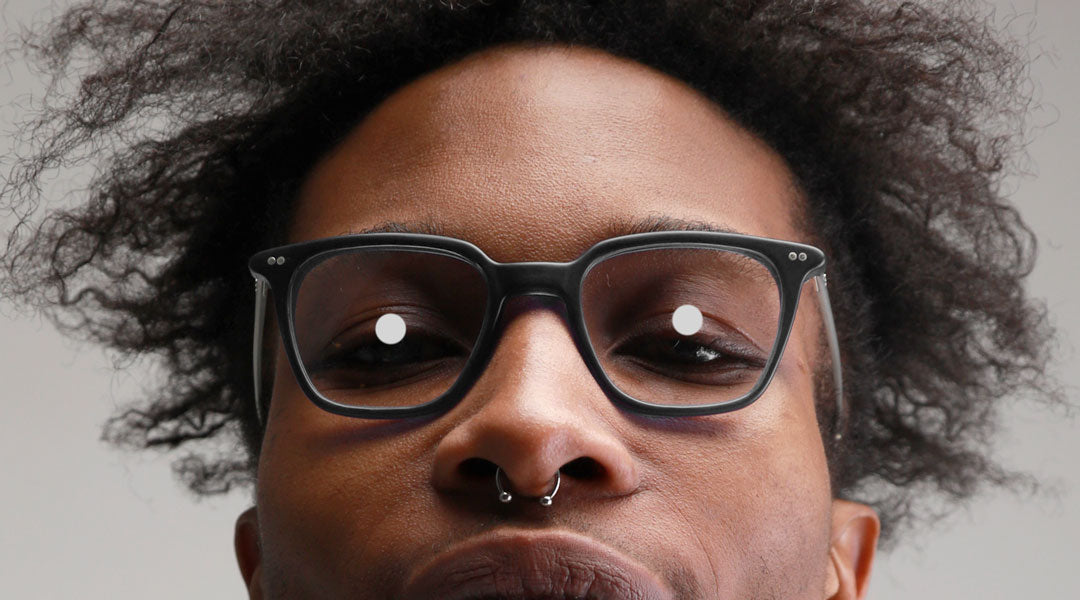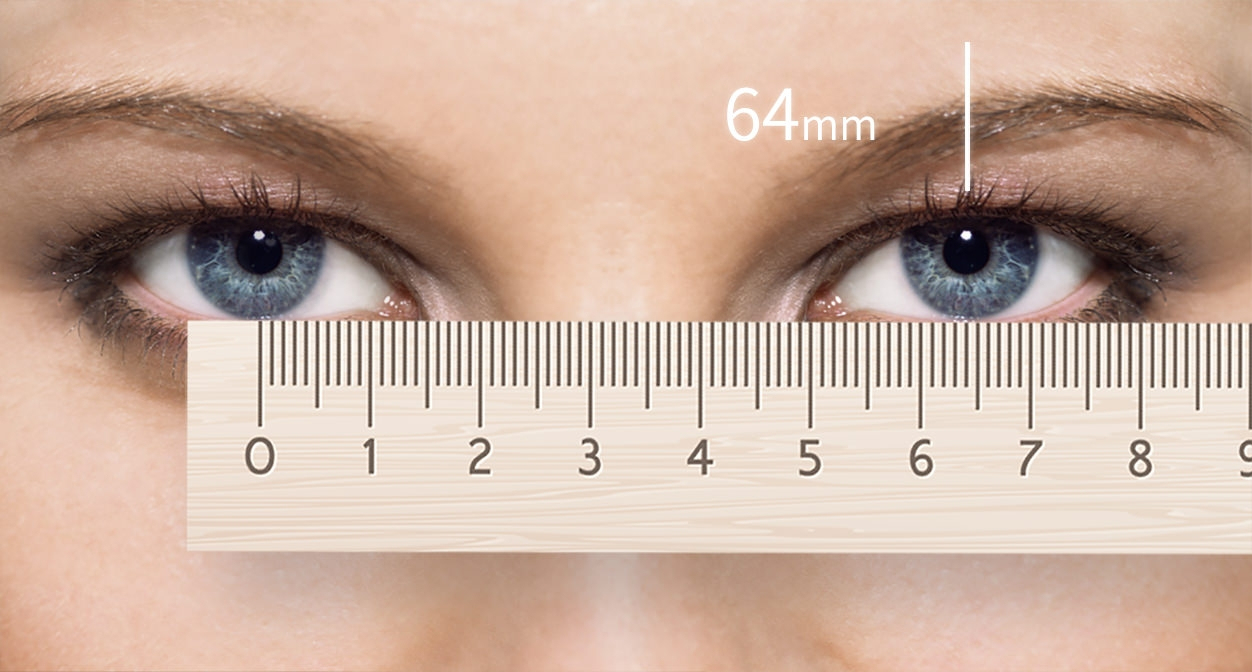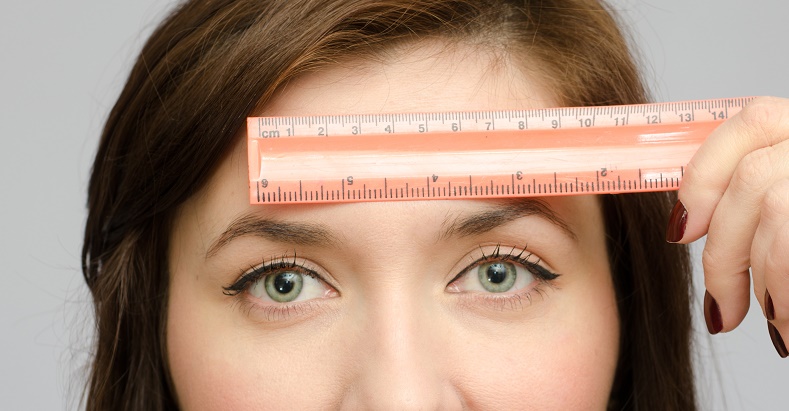
#DOES PUPIL DISTANCE MATTER FOR GLASSES SKIN#
Cool or warm-tone frames can compliment your skin tone or eye color. Your frames should rest comfortably around the middle height of your face, no higher than your eyebrows and about as wide as your temples.Ĭhoosing frames that flatter your face shape can help you feel confident wearing your spectacles. For example, if you have bifocals or progressive lenses, you need enough room to accommodate multiple prescriptions. The lens size can also affect the function of your prescription. Your lens size should complement the width of your frame, pupil distance, and field of vision. If the nose piece is uncomfortable or your glasses move around, you may need a better bridge fit. There are also frames designed for unique nose shapes, such as a flatter bridge. The weight of your glasses should feel balanced, and the piece shouldn’t feel tight or leave marks on your nose.

You may have frames with nose pads that prevent slipping. The bridge (the middle piece that rests on your nose) should fit comfortably but securely. If you’re experiencing discomfort or pressure in the temple area, you may need wider frames or an arm adjustment. The arms should touch your head right before your ears. You should be able to shake your head and nod comfortably without the arms slipping off. The arm length (also called the temple) should be long enough to wrap behind your ear. There should be less than a finger’s width between your temple skin and frame. While your frames should fit securely, the edges shouldn’t press into your skin. Your frame’s width (horizontal measurement) should be slightly wider than your face. The distance between the lens’s edge and the eye’s corner should be equal on both sides. When properly fitted, your pupil should align about one-third down from the top of the lens. The placement and measurements of the frame, bridge, arm, and lens impact where your pupils naturally rest when looking through your glasses. Holding the magnifying glass up to the side of your eye makes it more challenging to see clearly than holding the glass in a central position. Imagine you’re looking through a magnifying glass. Your pupils should be positioned at the optical center of each lens for your prescription to work effectively. Pupil alignment and pupillary distance are necessary to orient your lenses’ position.

Yet, fit issues can also be much more subtle, impacting the effectiveness and comfort of your prescription eyewear.

When your glasses slide down your nose, or the lenses are positioned at different levels, it’s easy to see a problem. But how crucial is proper fit? And how do you know if your glasses fit? It’s likely not surprising to hear that ensuring your glasses fit correctly is important. Getting older frames and lenses assessed or refitted as necessary can benefit your vision and eye health. The fit of your glasses can also change over time.

The fit of your spectacles is just as crucial to looking and seeing your best as your choice of frames or lenses. When your optometrist tests your eyesight for a glasses prescription, it’s only the first step in your glasses journey.


 0 kommentar(er)
0 kommentar(er)
